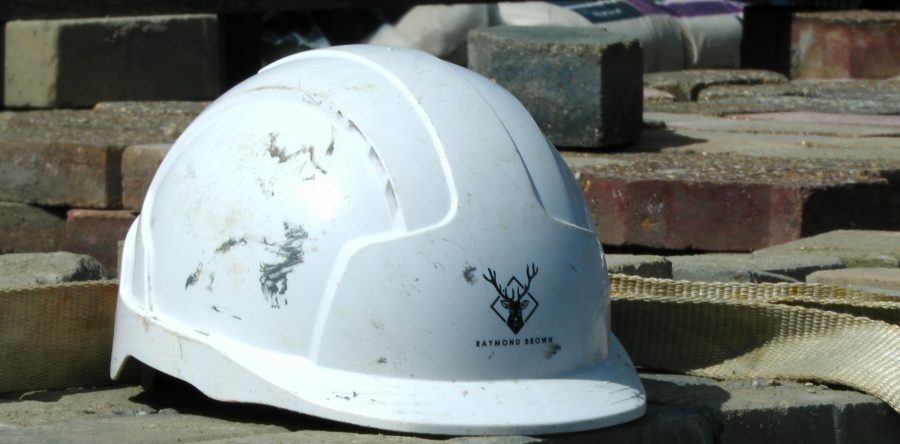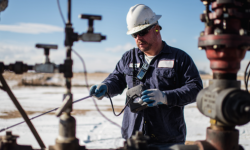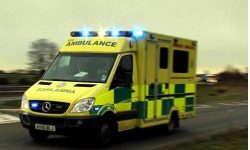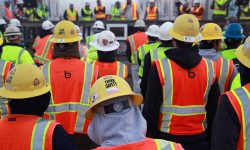Trends in health and safety for 2017 by Dave Rebbitt. Available from <http://www.cos-mag.com/columnist/drebbitt/archive/2017/01/09/trends-in-health-and-safety-for-2017> [Jan 09, 2017]
Looking ahead to 2017 we will see a year with some bright and interesting spots. It will remain a time of challenges. I have revisited some of the themes from last year. Others are new, and I hope they provoke some thought and conversation.
Global Harmonized System: Changes to the hazardous products act require federal workplaces to be in compliance by the December 2018.
On a provincial level, many workers are now receiving WHMIS 2015 training that covers the new aspects of GHS. Companies that are working with federally regulated companies are moving towards GHS compliance. Provincially, we have yet to see any significant legislative action to move towards GHS compliance.
Significant changes coming to the profession in Canada? In 2014 the International Network of Safety & Health Practitioner Organisations (INSHPO) conducted a literature review of the Value Proposition of the Occupational Health and Safety Professional. It found that only two studies existed, one which I had authored, delving into this subject. In 2015, a professional capability framework intended to capture the common skills and competencies of OHS professionals globally followed.
The president of INSHPO, Eldeen Pozniak, a Canadian and former president of the Canadian Society of Safety Engineers (CSSE) made a presentation at the CSSE conference in Vancouver last year. The framework took upon some terminology of the earlier studies to term to some in safety as practitioners and professionals and assigning different levels of competency and skill to each in recognition of the front-line service delivery role of practitioners and the more management focused role of professionals.
All this was very timely in the discussion going between many CRSPs and also at the Board of Canadian Registered Safety Professionals (BCRSP) about establishing a national practitioner level designation, which would bring Canada more in alignment with other countries, such as the United States and the United Kingdom.
I have written previously about how the profession is fractured and regionalized. A new practitioner level designation would be a great leap towards uniting the profession nationally under a single certifying body for all those involved in the profession. It would be a huge step towards a single standard for education, training, and experience with all those holding a designation subject to a code of ethics and disciplinary action for unprofessional or unsavory conduct.
In December 2016, BCRSP also announced changes to the educational requirements for CRSP application, which would take effect in July of 2018. This is a hopeful sign that this project may go ahead.
Companies are re-examining the value of safety departments: Last year saw many large companies re-examine the value of the safety department. Some see it as a source of bureaucracy and others wonder at the value or role that the safety people fill.
In August, Statoil cut up to 150 staff working in their SSU (safety and sustainability) department in their Norwegian head office. This was part of an attempt to simplify processes and cut costs.
The number of jobs in Alberta have shrunk, and many safety positions have remained vacant as companies try to control costs and reconcile the value provided by safety departments. Safety professionals must be the providers of solutions and the facilitators of safe work performance. The days of being the ones who simply identify problems for others to solve are quickly disappearing.
Slogans abound, but results continue to elude: Safety people and departments continue to use slogans that imply constantly improving performance. The debate over whether injury rates reflect actual safety performance will continue to rage. Those fortunate enough to be better informed will recognize injury rates, especially in Canada, are inherently unreliable. With Canada’s jurisdictional structure there is no national standard on what an injury actually is and even compensation boards across the country do not share common definitions.
Overall, fatality rates have remained surprisingly stable or seen a rise when a sluggish economy should present us with reduced rates as more skilled and experienced workers are trained in the workplace. The third quarter statistics in Alberta point to a poor year, particularly in construction and energy, which is surprising considering the contraction in the job market.
BBS may finally be on the wane: An interesting article was posted this year by one of the chief proponents on behaviour-based safety (BBS) saying that it was time to move on to something else. BBS is still taught as part of the basic safety curriculum, and it can be a helpful part of a safety program or system.
Trends in health and safety for 2017 by Dave Rebbitt. Available from <http://www.cos-mag.com/columnist/drebbitt/archive/2017/01/09/trends-in-health-and-safety-for-2017> [Jan 09, 2017]









